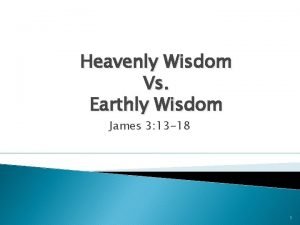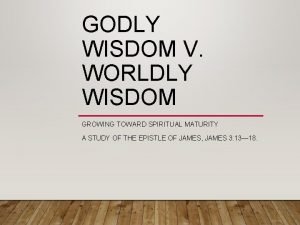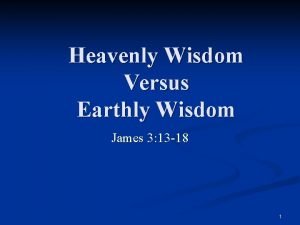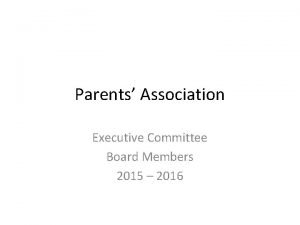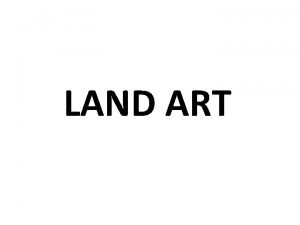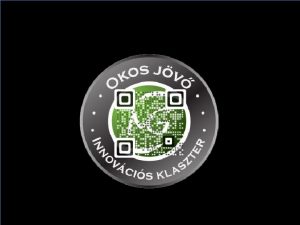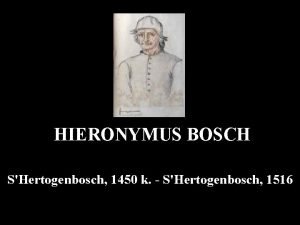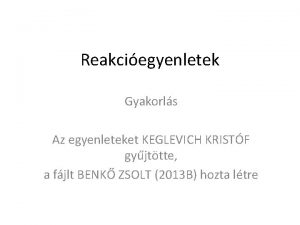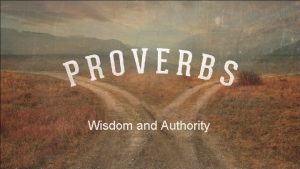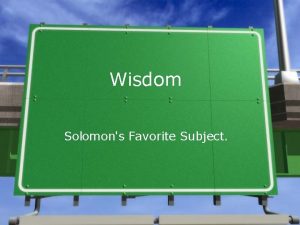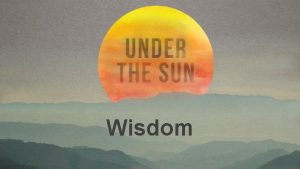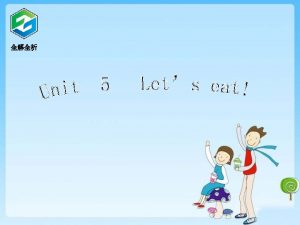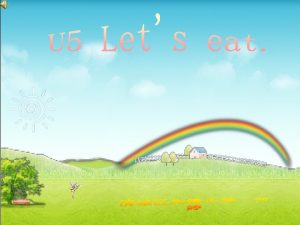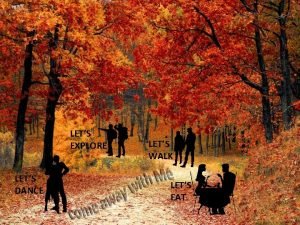Week 2 Class 2 Kristof War Wisdom lets









- Slides: 9

Week 2, Class 2

Kristof – “War & Wisdom” • let’s examine the rhetorical situation – see rhetorical situation handout – context, audience, purpose, subject. • Let’s begin with context

• What is the context – what was going on as Kristof wrote, and how does this shape his argument? How does our current context shape our interpretation?

The power of context Students used to salute the flag when reciting the pledge of allegiance. This changed after WWII.

Genre • This image lacks genre, and thus its purpose, context and intended audience are hard to discern

GENRE • Genre tells you a lot about a text – its intended audience, who the writer is, the context, purpose etc. • It supplies much of the information needed to interpret this image.

What is the genre of the Kristof text? • WHAT IS AN OP-ED? Usually placed on the page opposite the editorial page. Similar to an editorial, but represents the opinion of an individual contributor, guest or columnist. • Newspapers often publish editorial pieces that are in line with their editorial slants, though dissenting opinions are often given space to promote balance and discussion. • WHAT IS AN EDITORIAL? The editorial page expresses the opinion of the editor, editorial board, or publisher of a newspaper. Usually no author name given – it represents the views of the paper/publisher. Sometimes called “letter from the editor, ” and placed next to “letters to the editor” section. The page often also contains editorial cartoons. http: //www. time. com/time/cartoonsoftheweek? pkw=PSTMGLTX 052307 CNND 1081&google=yes • An average editorial is 750 words or fewer, and is argument-focused. They are intended to persuade – both popular audiences and elite audiences in government and business.

• KEY Op-Ed sources: New York Times, Wall Street Journal, Washington Post, L. A. Times, Chicago Tribune. • Op-eds and op-ed columnists play an important role in debate about politics and public policy. Bloggers often respond to them, they shape debate on TV news shows, and many op-ed columnists also appear on tv news (and blog themselves). • EXAMPLE: http: //www. dailyoped. com/ Displays 100+ major newspaper Op/Eds – great window onto the debates and key issues discussed by educated people around the country. Also, http: //caglepost. com/.

• • What is Kristof’s argument? Main claims? Evidence and reasons? What strategies do you see? What use of pathos, ethos and logos? • Let’s try charting the first 5 paragraphs
